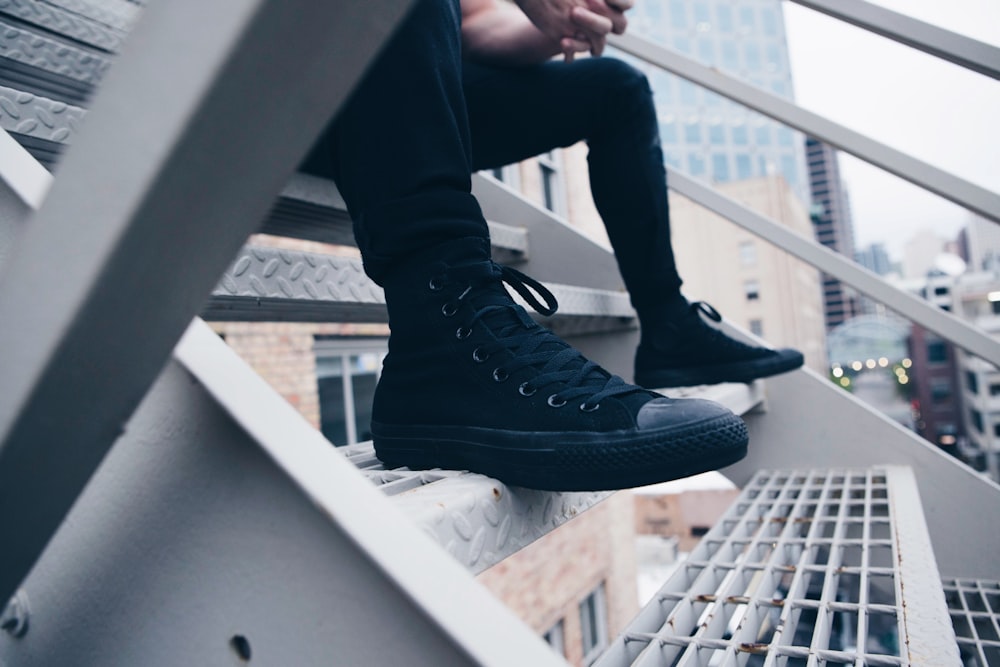目次
Erigo tilt tableによるトレーニングが脳卒中急性期リハビリテーションに有用
重度運動麻痺を呈する脳卒中症例に対しては昔からtilt tableを用いた起立トレーニングが行われることが多いと思います.
ただtilt tableでの起立練習から歩行練習への移行ってなかなか難しいですよね?
Erigo tilt tableはtilt table上でステップ運動が可能であり,電気刺激療法とこのステップ運動を同期させることが可能です.
今回はErigo tilt tableによるトレーニングが脳卒中急性期リハビリテーションに有用かどうかを検討した論文をご紹介させていただきます.

今回ご紹介する論文
Arch Physiother. 2020 Feb 4;10:3. doi: 10.1186/s40945-020-0075-2. eCollection 2020.
Comparison between Erigo tilt-table exercise and conventional physiotherapy exercises in acute stroke patients: a randomized trial
Suraj Kumar 1, Ramakant Yadav 2, Aafreen 1
Affiliations expand
PMID: 32042447 PMCID: PMC6998841 DOI: 10.1186/s40945-020-0075-2
今回ご紹介する論文は2020年に掲載された論文です.
研究の背景
Background: Stroke is a common, serious, and disabling health-care problem throughout the world. Although great advances have been made in acute stroke management, the most of post-stroke care to reduce a patient’s dependency relies on rehabilitation.
脳卒中は世界中でよく見られる深刻かつ障害をもたらす医療問題であります.
脳卒中の急性期治療には大きな進歩がありましたが,脳卒中症例の自立度を向上させるための脳卒中後のケアの大部分はリハビリテーションに依存している状況です.
研究の目的
Purpose: To compare the effectiveness of exercises using an Erigo tilt-table and conventional physiotherapy in the rehabilitation of acute stroke patients.
この研究では脳卒中急性期症例のリハビリテーションにおいて,エリゴ式傾斜テーブルを用いた運動と従来の理学療法の効果を比較することを目的としております.
研究の方法
Methods: A total of 110 acute stroke patients (age 51.08 ± 7.48 years, 8.69 ± 4.62 days after stroke) were assigned randomly into two groups, 55 in each for 30 days of conventional physiotherapy (Group A) or Erigo tilt-table (Group B) rehabilitation. The National Institutes of Health Stroke Scale (NIHSS), Mini-Mental Scale Examination (MMSE), Modified Ashworth Scale were used to measure muscle tone, quality of life (QOL) and muscle strength (MMT), Affected upper (UE) and lower limb (LE) outcomes were assessed at baseline (day 0), after day 30 of the intervention and on 90th day of follow up. Repeated measures ANOVA followed by a Bonferroni post-hoc test and independent Student’s t-test were used for statistical analysis to evaluate the improvement in outcome variables within and between the groups.
急性期脳卒中症例110例(年齢51.08±7.48歳、脳卒中後8.69±4.62日)を無作為に2群に割り付け,各55例に30日間の通常理学療法(A群)またはErigo tilt-table(B 群)リハビリを実施しております.
米国国立衛生研究所脳卒中スケール(NIHSS), MMSE,Modified Ashworth Scaleを用いて筋緊張,QOL,筋力(MMT)を測定し,上肢(UE)と下肢(LE)の患部をベースライン(0日),介入30日後,90日目のフォローアップで評価しております.
統計解析には反復測定分散分析とBonferroni 方による多重比較検定,2標本t検定を使用してグループ内およびグループ間のアウトカム変数の改善度を評価しております.
研究の結果
Results: Both the treatments were effective. Notably, Group B patients showed a significant improvement in both QOL (p < 0.001) and lower limb strength (p = 0.030) at day 90 and muscle tone (p = 0.011) at day 30 compared to Group A.
両治療とも有効でありました.
特にB群はA群と比較して90日目のQOL(p<0.001),下肢筋力(p=0.030),30日目の筋緊張(p=0.011)ともに有意に改善しました.
研究の結論
Conclusion: Both the groups improved with time but the Erigo tilt-table group experienced greater improvement in QOL, NIHSS and muscle strength of the lower limb. Thus, Erigo tilt-table can be used for early rehabilitation of acute hemiplegic patients and improving their quality of life and motor system, resulting in better functional performances.
両群とも時間とともに改善しておりますが,Erigo tilt-table群はQOL,NIHSS,下肢筋力においてより大きな改善を示しました.
このようにErigo tilt-tableは急性片麻痺症例の早期リハビリテーションに使用することができ,QOLや運動器系を改善しより良い機能的パフォーマンスをもたらすことが期待できます.
今回はErigo tilt tableによるトレーニングが脳卒中急性期リハビリテーションに有用かどうかを検討した論文をご紹介させていただきました.
従来のtilt tableってただ立ってるだけといった場合が多かったわけですが,Erigo tilt tableはtilt table上でステップ運動が可能であり,電気刺激療法とこのステップ運動を同期させることが可能です.
これは日本でも普及しそうですね.






